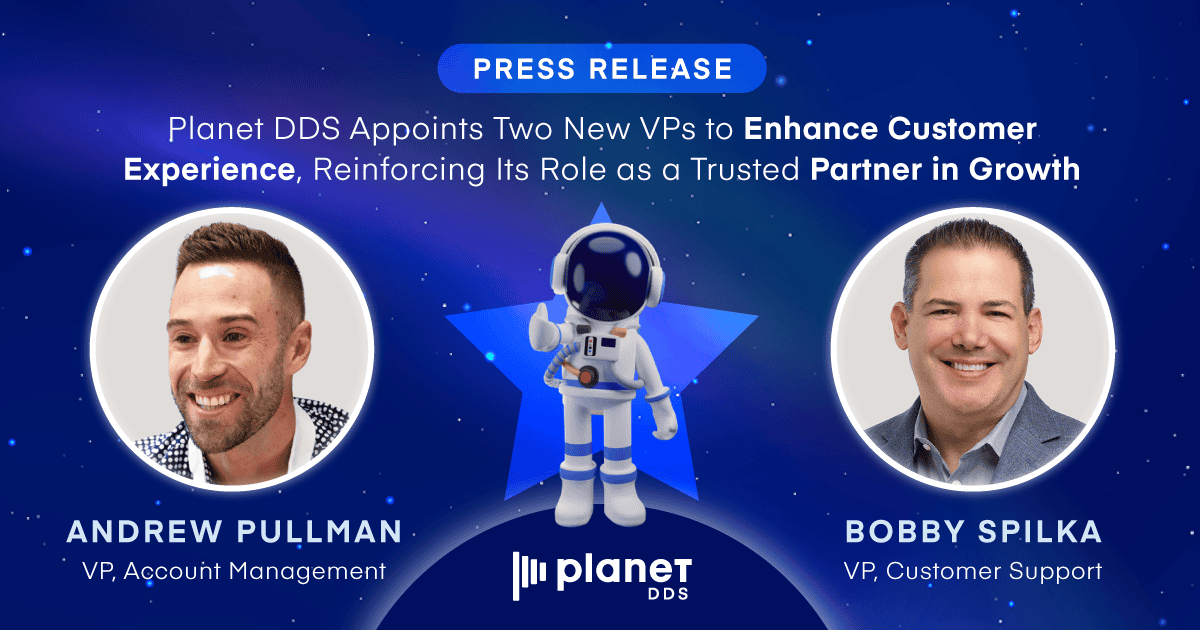Is your SEO suffering during COVID-19?

What Does COVID-19 Mean For Your SEO?
How small efforts now protect and grow your practice later.
By Dr. Greg Grillo
When 2020 started, none of us thought the dental profession would be taking a long pause by spring. At many practices, going from 60 mph to a screeching halt brought shock, fear, and uncertainty. For most dentists, the path forward still isn’t completely clear. But dentistry will respond and adapt, and those who continue to prepare will see the greatest benefit. As managers and entrepreneurs, we can use the interim period to set the stage for future growth. Your website traffic may be way down during the COVID-19 pandemic and its aftermath. It’s not personal, but online visitors aren’t currently spending a lot of time visiting your website. Like you, they’re concerned about other issues in the world around them. But that doesn’t mean SEO and your online presence don’t matter. In fact, there’s no better time to put effort into bolstering your brand.
SEO Revisited
Search Engine Optimization (SEO) is a dynamic process with many components. Ultimately, the goal is not only to increase your web traffic, but to drive the right kind of traffic to your site. Efforts to bolster SEO try to make your business stand out when patients look for dental practices online. Maybe they’re looking for “the best implant dentist near me,” or perhaps they want to know “how much does Invisalign cost?” Connecting searches to your site is at the heart of SEO. SEO takes a commitment of time, money, and patience. Google drives most search traffic and sets the standard for how it indexes and ranks sites. Their algorithm is constantly changing and somewhat cloaked in mystery. Older SEO strategies suggest adding excess content and imagery to a website, but it’s not guaranteed to work and can detract from the user experience, causing visitors to click away. So, if traffic’s down and SEO tactics are shifting, what do you do? Taking a proactive approach now will pay off and build on your efforts in the second half of 2020 and beyond. Here’s a few steps you can take today.
1.Review and Revise Your Website
Take a long look at your website and consider how it’s working for or against you. Since a whopping 52% of web traffic comes through mobile devices, your site must be mobile-friendly. Your design should take a mobile-first approach, including a clean, uncluttered design, the right balance of technical, design, and content elements, and fast load times. Otherwise, half your visitors will be tempted to quickly click away–which can badly hurt your SEO. Review your website’s written content. First, is it patient-friendly? Content should be scannable, balanced, and impactful. Does it tell the story of your practice in a compelling way? Holding site visitors’ attention lowers your “bounce rate,” which is vital for SEO. Website copywriting follows its own set of rules, and good copywriters know how to balance these elements. Marketing companies, such as Legwork, use proven methods to weave these pieces together. Some practices hire dental copywriting specialists to refine their messaging even further, or develop new pages with specialized information.
2. Invest in Hyperlocal Ads
While ads may seem annoying, their success has further driven Google’s search dominance. Advertising on Google lets you jump to the front of the line, especially in local searches. According to search statistics, 40% of first page clicks are ad clicks. By using hyperlocal ads, you gain multiple advantages: your practice appears at the top of Google Maps listings, driving more clicks to your website, and the increased traffic helps power your SEO. A good strategy involves maintaining exposure now, while preparing to shift into high gear moving forward. Paying for exposure via targeted ads is one of the best ways to leverage your advertising budget and get in front of new patients. Legwork Local can deliver those results with maximum efficiency.
3. Go Blogging
Keeping an active blog on your website gives your brand a boost in several ways. Patient-centric content helps keep leads engaged with you between visits. If you’re not marketing to them between visits, someone else will. Links from social media or emails drive traffic back to your website, and traffic always bolsters SEO. Blog content like quizzes and assessments keep visitors engaged while enabling you to collect their contact information. This can turn a simple blog reader into a lead that sees a series of emails from you on a specific topic. Those emails give leads an opportunity to click back to your site or make appointments with your practice. Patients have more time than ever away from regular distractions, so it’s important to keep visitors engaged and demonstrate to Google’s algorithms that you’re developing valuable content.
4. Fine-Tune Your Web Presence
Google is king, but many other side roads drive traffic to your website. Facebook brings visitors through posts, while Bing and Yelp also attract searchers. YouTube videos can be a magnet for visitors looking for information on dental topics, which can lead them to your website. SEO aims to maximize the number of visitors to your website by increasing your overall exposure across the web. Traffic trends, the time a visitor spends on your site, and conversion of visitors are now more valuable for SEO than older metrics like keywords and images. Developing funnels that help move curious visitors to patients sitting in your chair is a key way to guide the journey. Key components should work together to gather clicks, harvest contact information, and nurture relationships with prospects. Legwork Funnels can work behind the scenes to build and manage communication pathways that bring quality patients to your practice.
5. Remember Your Current Relationships
SEO rules constantly shift, but one truth stands firm: The website with the most traffic wins. If a site is popular, Google decides that more people should find it. But local practice websites don’t exactly generate traffic jams. Visitors aren’t anxious to learn about decay and gum disease, especially not during difficult times. Campaigns that reach out to your existing patients and bring them back to your site help keep up your website traffic levels. Your patients trust you for information and guidance. Email campaigns designed to drive patients to your website can keep a steady visitor flow coming your way. Legwork syncs with practice PMS software, linking patient data and helping maintain these vital relationships, with the end goal of better SEO.
6. Focus On Conversions
It’s one thing to bring visitors to your site, but it’s yet another to keep them there and convert them to patients. Content should look clean and simple, and be designed to captivate patients. Patient-centric content and judicious use of video are both eye-catching and engaging. Thought-provoking assessments, quizzes, and easy scheduling options are all vital components, too. Legwork’s innovative websites incorporate key elements proven to convert the curious to the committed. With deliberate, built-in SEO strategies, Legwork sites integrate multiple systems that work together to keep traffic moving to your site. Conversions are driven by everything we’ve mentioned, and small improvements can lead to big gains going forward.
Let’s Keep You In Front
Our world has changed dramatically in 2020, and we can count on more to come. SEO never stops shifting, and your ability to keep up with it helps determine your online visibility. Constant change often leads to confusion, and that’s not something any business can afford. Legwork’s team monitors, adapts, and develops the best tools to keep your brand front and center. They know when to shift gears and where to focus energy in every business cycle and practice stage. Staying one step ahead is your mission, and they’ll help you every step of the way. Want to learn more about how to optimize SEO for your dental practice? Download our free guide, You’re not #1 on Google And What to Do About It, and get instant access to these important tips.
[dr_grillo_bio]



